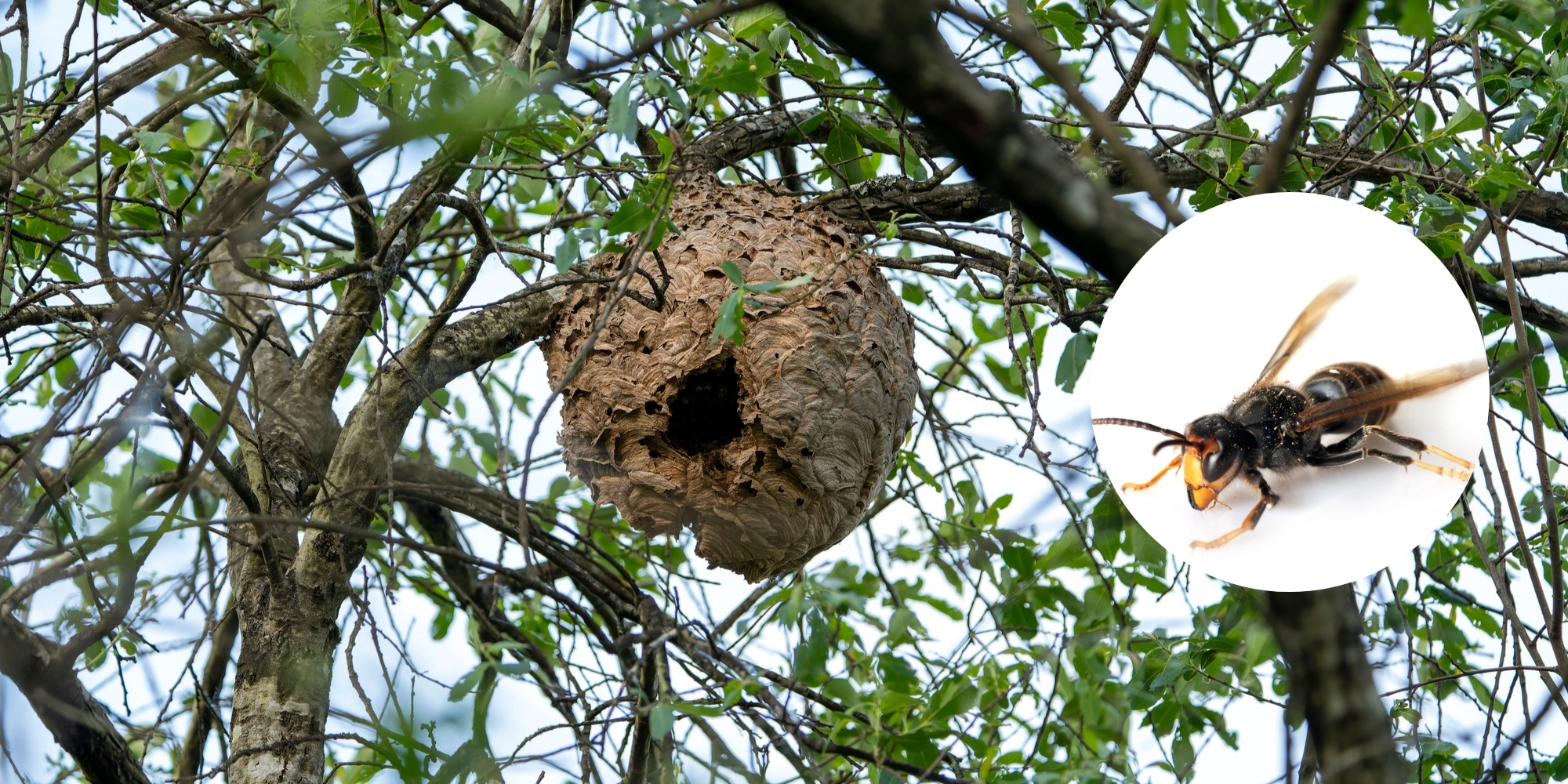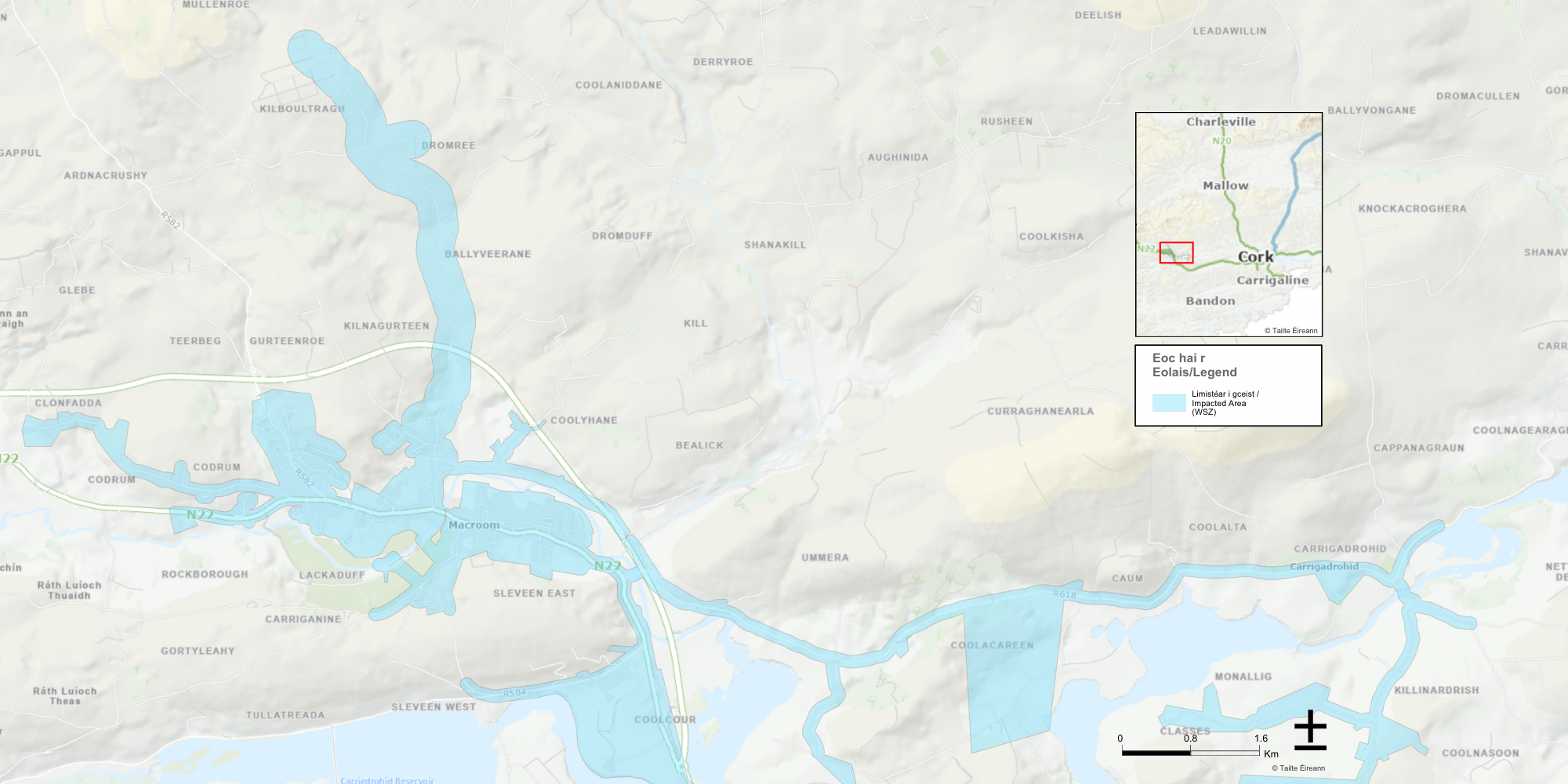Asian Hornets Confirmed in Cork: Two Nests Removed as Officials Urge Vigilance
Asian hornets in Cork: Look for yellow leg tips, dark thorax, orange face, 2.5cm size. Report sightings safely - don't approach nests yourself.

Multiple Asian hornet sightings have been confirmed across Cork in 2025, with two nests successfully removed from Cork City and Cobh in early September. The invasive species poses a significant threat to native bees and pollinators, prompting calls for increased public awareness and reporting.
The Asian hornet (Vespa velutina), also known as the yellow-legged hornet, is an invasive species that preys on bees and other beneficial insects. Unlike their larger European cousins, these hornets are distinguished by their entirely dark thorax, distinctive yellow leg tips, and orange face when viewed from the front.
Recent activity in Cork has heightened concerns among local beekeepers and biodiversity experts. A nest discovered in Cork City was successfully tracked and removed by trained professionals, while another was located and eliminated in Cobh during early September.
Identifying the threat
Workers measure approximately 2.5 centimetres long, with queens reaching up to 3 centimetres. Their most distinctive features include entirely dark brown or velvety black thorax without bright yellow stripes, yellow-tipped legs that stand out against their darker bodies, and a predominantly dark abdomen with one conspicuous yellow or orange band on the fourth segment.
The hornets are day-active hunters that specifically target bees and other insects, making them particularly concerning for local apiaries and wild pollinator populations.
Nest recognition crucial
Asian hornets construct two types of nests during their lifecycle. Primary nests, built in spring by fertilised queens, start small at tennis ball size and appear spherical with papery texture. These early-season nests hide in brambles, hedges, or building eaves with entrance holes at the base.
Secondary nests develop from summer into autumn as colonies expand. These larger structures can reach 60 centimetres wide by 80 centimetres tall, appearing pear or football-shaped with a distinctive "paper-mâché" texture. Located high in trees or protected structures, they feature entrance holes typically positioned halfway up the sides.
Public response essential
Officials stress that residents must never attempt removal themselves, as disturbing nests can provoke dangerous defensive behaviour from potentially thousands of hornets. Instead, suspected sightings should be photographed safely from a distance and reported through official channels including the National Biodiversity Data Centre via Invasives.ie.
Local beekeepers face particular risks as Asian hornets specifically attack bees at hives to feed their larvae. The invasive species reduces populations of honeybees, wild pollinators, and other beneficial insects, creating knock-on effects for pollination of gardens, crops, and wild flora across Cork.
Early detection vital
The recent successful removals in Cork City and Cobh demonstrate the importance of swift action. Small primary nests are significantly easier to eliminate before they develop into large secondary colonies housing thousands of hornets.
As autumn approaches and trees shed their leaves, previously hidden nests may become more visible, creating additional opportunities for detection and reporting. The collaborative effort between trained professionals, local authorities, and vigilant residents has proven effective in Cork's initial response to this invasive threat.



